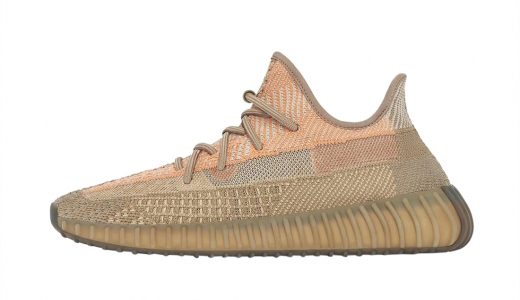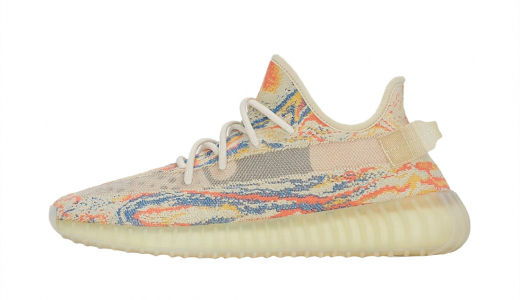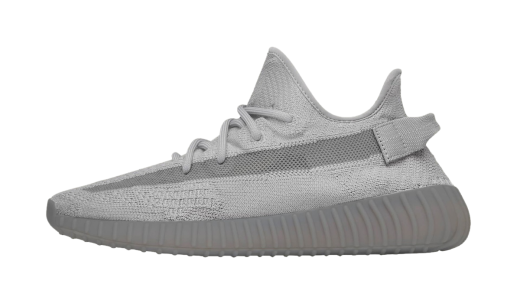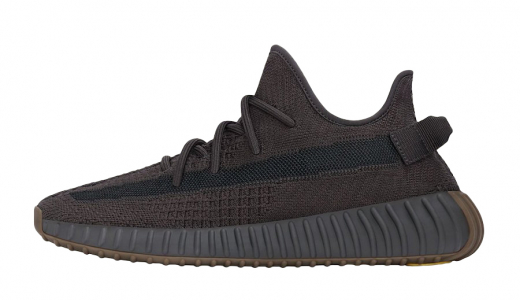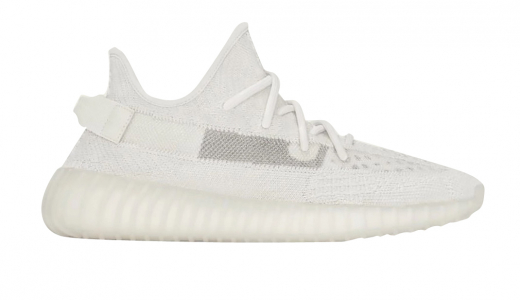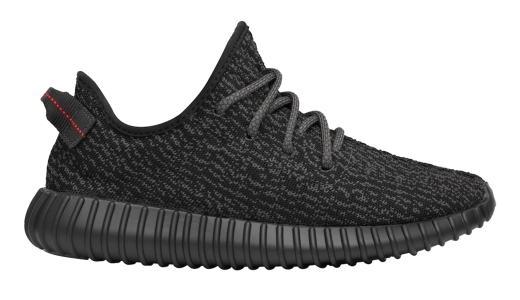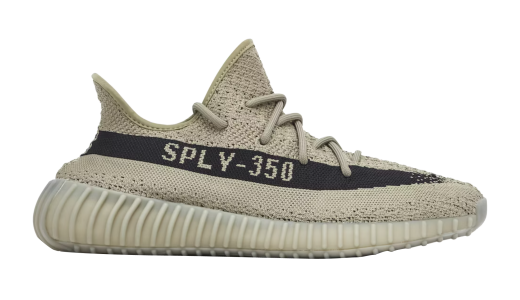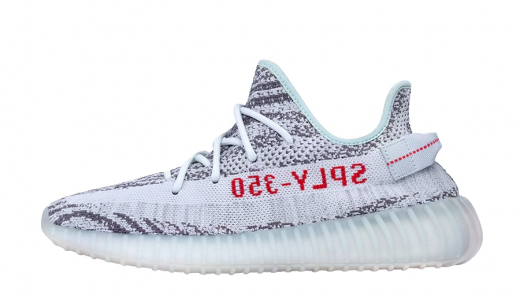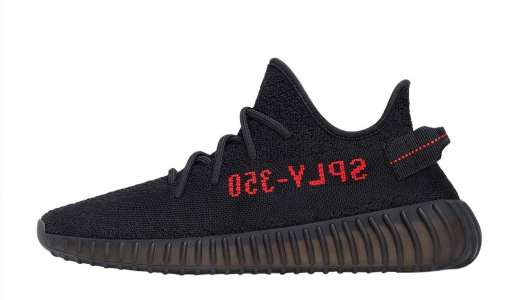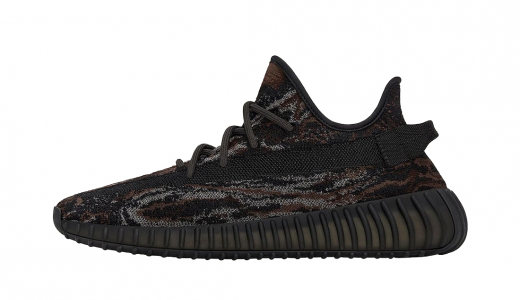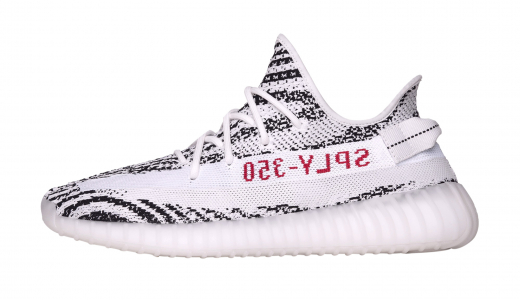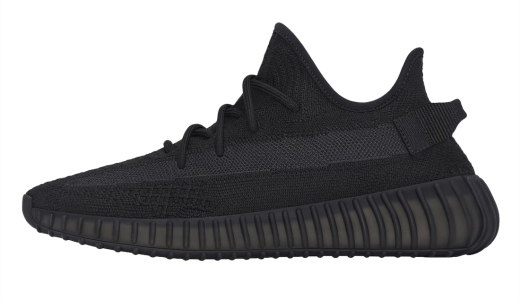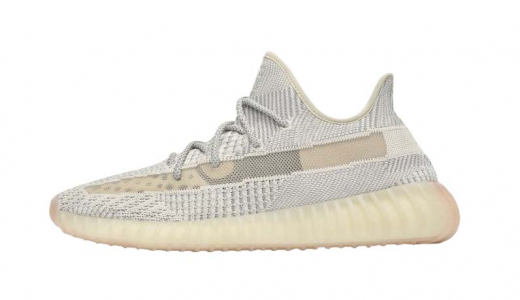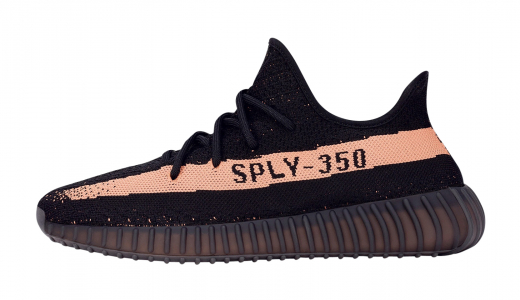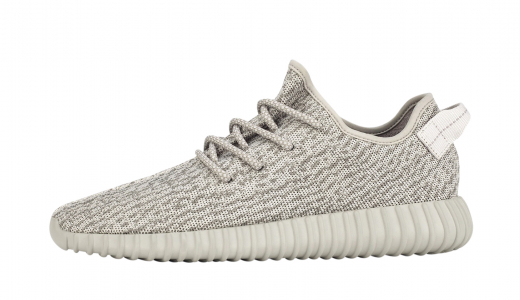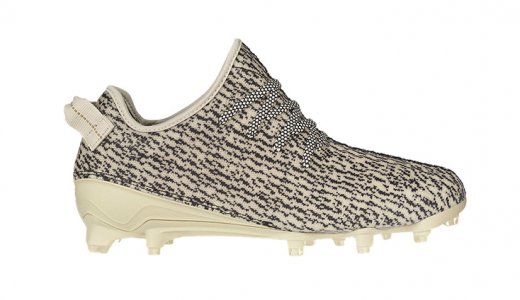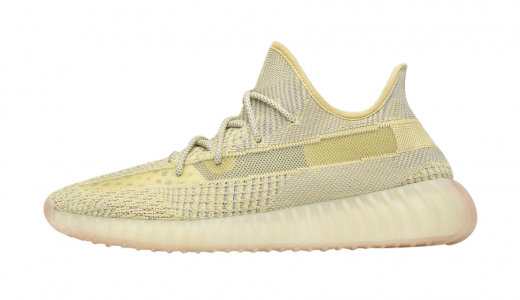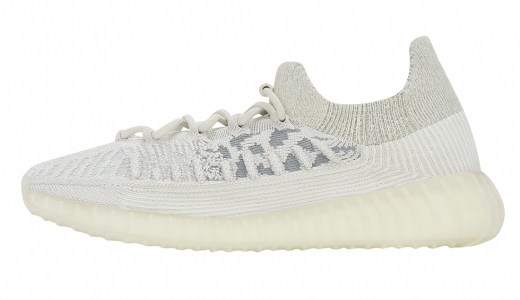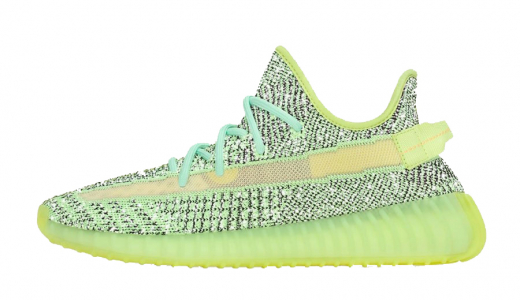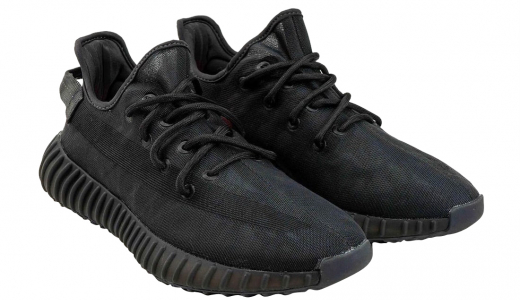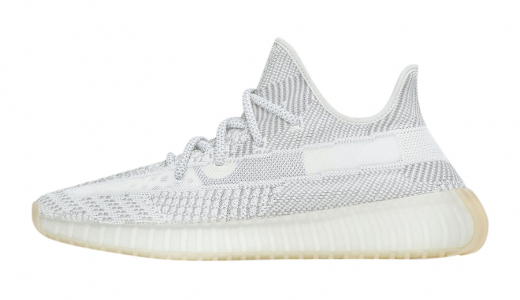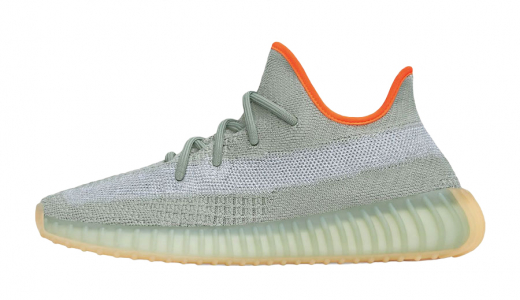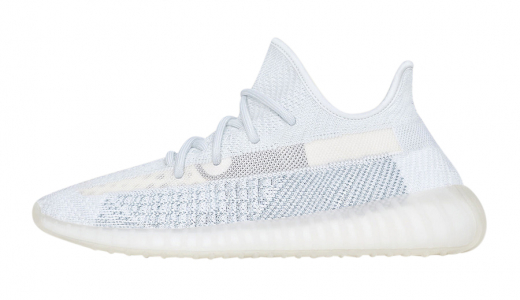Adidas Yeezy 350
The adidas Yeezy 350 is a collaboration between the German sportswear giant adidas and the renowned musician and designer Kanye West. Introduced in 2015, the Yeezy 350 quickly became a cultural phenomenon, lauded for its unique design, comfort, and exclusivity. The sneaker features a sleek, slip-on silhouette constructed with a Primeknit upper, offering a snug, sock-like fit. Additionally, the Boost cushioning in the sole ensures a high level of comfort and responsiveness, making it not just a fashion statement but also a functional piece of athletic footwear. The minimalist yet futuristic design elements have made the Yeezy 350 a must-have for sneaker enthusiasts and fashion-forward individuals alike.
Beyond its immediate visual appeal, the Yeezy 350 also signifies a broader trend in streetwear fashion where high-end and athletic wear intersect. Limited releases and strategic marketing have created a high demand, often leading to the sneakers selling out within minutes of their drop. This scarcity has spawned a robust resale market where prices can skyrocket well above the original retail cost. The collaboration between Kanye West and adidas has also influenced how other brands approach celebrity partnerships, merging the worlds of fashion, music, and sports into a cohesive lifestyle brand. The ongoing success of the Yeezy 350 exemplifies how a product can transcend its initial purpose, becoming an integral part of contemporary culture and an enduring symbol of style and status.
History of Adidas Yeezy 350
The adidas Yeezy 350 has emerged as one of the most iconic sneaker models of the 21st century, a testament to the powerful collaboration between German sportswear giant adidas and American rapper and designer Kanye West. The Yeezy line epitomizes the fusion of high fashion and sportswear, serving as a cultural touchstone in both the footwear industry and popular culture. This history delves into the journey of the adidas Yeezy 350, exploring its inception, technological innovations, cultural impact, and ongoing legacy.
Inception and Collaboration
The origins of the adidas Yeezy 350 are deeply rooted in Kanye West’s desire to transcend traditional boundaries between fashion and athletic wear. Before partnering with adidas, West had collaborations with other brands, including Nike, where he created the highly sought-after Air Yeezy line. Despite its success, creative differences and contractual limitations led West to seek a new partnership. In December 2013, West announced his collaboration with adidas during an interview with Hot 97 radio station. The prospect of more creative freedom and an ability to shape his vision brought West to adidas, setting the stage for something revolutionary.
In February 2015, the world saw the first result of this collaboration: the Yeezy Boost 750. This high-top sneaker set the tone for what was to come but it was the subsequent release that would leave an indelible mark on sneaker culture.
The Birth of the Yeezy 350
The adidas Yeezy Boost 350 debuted on June 27, 2015, and sold out almost instantly. This low-top sneaker was lauded for its striking aesthetic, comfort, and use of advanced adidas technology. Designed primarily by Kanye West with input from adidas' design team, the Yeezy 350 epitomized modern minimalism fused with high-performance materials.
Key to the 350’s success was its construction. The upper was made from adidas’ Primeknit material, a lightweight, flexible fabric that offers a snug fit while maintaining breathability. Combined with the Boost midsole technology, known for its incredible cushioning and energy return, the Yeezy 350 was a perfect amalgamation of style and functionality.
Design and Technology
The design of the Yeezy 350 was revolutionary in its simplicity and attention to detail. The Primeknit upper provided not only comfort but also a distinctive look that set it apart from other sneakers on the market. The one-piece knitted upper, with its intricate patterns and textures, was both a visual and tactile experience. The lateral side featured a bold stripe reminiscent of avant-garde fashion, which varied in design and color with each release, adding to the allure and exclusivity of the sneakers.
The Boost midsole technology, first introduced by adidas in their running shoes, was a major selling point. Composed of thousands of small foam pellets, it provided unparalleled cushioning and energy return, making every step comfortable. This was a significant departure from traditional EVA midsoles, thus raising the bar for sneaker comfort and performance.
Moreover, the Yeezy 350’s use of color palettes was another defining feature. The debut "Turtle Dove" colorway, characterized by its mix of gray and white hues, set a standard for future releases. Subsequent colorways like the "Pirate Black," "Moonrock," and "Oxford Tan" continued to play with subtle yet unique color mixes, which appealed to a wide audience.
Cultural Impact
The release of the Yeezy 350 didn't just disrupt the sneaker market; it resonated deeply across different facets of popular culture. Kanye West, known for his influential presence in music, fashion, and social media, effectively leveraged his fame to catapult the Yeezy 350 into the cultural zeitgeist.
The intersection of hip-hop culture and sneaker fashion has always been potent. Icons like Run-DMC with adidas in the 1980s and later, Michael Jordan with Nike, proved the immense potential of such collaborations. Kanye West's Yeezy line built upon this legacy, utilizing his vast influence to create a product that was not just footwear but a status symbol.
The 350 became a staple in streetwear fashion, frequently seen on celebrities, athletes, and influencers. It transcended the realms of sneaker enthusiasts and reached mainstream audiences, cementing its place in fashion history. Additionally, the scarcity and limited release strategy (often referred to as “drops”) amplified its desirability. Owning a pair of Yeezy 350s wasn't just about having comfortable shoes; it was about being part of an exclusive club.
Evolution and Subsequent Models
Following the success of the original Yeezy 350, the second iteration, known as the Yeezy Boost 350 V2, was introduced in September 2016 with the "Beluga" colorway. While retaining much of the original design, the 350 V2 featured several updates that kept the model fresh and relevant.
Most notable was the addition of the distinct side stripe with "SPLY-350" branding—a feature that became iconic in its own right. The V2 also sported a more robust Primeknit pattern and a modified midsole that offered better heel support. The colorways expanded to more daring options, including “Zebra,” “Semi-Frozen Yellow,” and “Blue Tint,” further driving consumer demand.
The evolving designs continued to keep the Yeezy 350 line in the spotlight, with each release becoming an event in itself. The limited availability and unique aesthetic ensured it remained a hot topic among sneaker aficionados and hypebeasts alike.
Economic Impact
The economist would point to the Yeezy 350 as a prime example of the "hype economy," where consumer enthusiasm and perceived scarcity drive market demand. The retail price of a Yeezy 350 ranged from $200 to $220, but due to limited releases, resale values often skyrocketed, sometimes fetching several times the original price on secondary markets like StockX and GOAT.
This resale phenomenon didn't just benefit individual resellers but spoke to a larger trend in consumer behavior. Sneaker flipping became a lucrative side hustle, and for some, a full-time job. The hype economy created a new landscape where sneakers, particularly Yeezys, became investment pieces, akin to stocks or collectibles.
Criticisms and Challenges
Despite its success, the Yeezy 350 was not without criticisms. Some purists argued that the design was too simplistic, lacking the technical advancements seen in performance-oriented footwear. Additionally, the limited release strategy, while generating immense hype, also led to consumer frustration. Bots and backdoor sales became contentious issues, with many fans unable to secure a pair at retail prices.
Environmental concerns also came into play. The fashion and footwear industries have long been scrutinized for their environmental impact. While adidas has made strides in sustainability, critics argued that the production of Yeezy sneakers, with their multiple editions and colorways, contributed to overconsumption and waste.
Legacy and Ongoing Influence
The adidas Yeezy 350 has left an indelible mark on the sneaker industry and broader cultural landscape. It set a new standard for collaboration, showing how a well-known artist could partner with a major brand to create something truly unique and desirable. This formula has since been replicated by others, with artists and celebrities like Pharrell Williams, Travis Scott, and Beyoncé entering the sneaker market through similar partnerships.
Furthermore, the Yeezy 350 invigorated adidas as a brand, positioning it as a major player in the lifestyle and fashion sectors. At a time when Nike dominated the market, the success of the Yeezy line offered adidas a competitive edge and revitalized its image.
Future Prospects
Looking forward, the Yeezy 350 remains a beloved model. Adidas and Kanye West continue to experiment with materials, colorways, and slight design tweaks to keep the line fresh. The sustainability movement is also likely to influence future releases, as both the industry and consumers become more eco-conscious.
Given Kanye West’s ever-evolving artistic vision and adidas' commitment to innovation, the Yeezy 350's journey is far from over. Whether through new releases or reimagined retros, this iconic model will undoubtedly continue to shape sneaker culture for years to come.
Conclusion
The adidas Yeezy 350 stands as a landmark achievement in the realms of fashion, technology, and culture. Its inception marked a pivotal moment in sneaker history, demonstrating the power of strategic collaboration and the immense influence of celebrity. Throughout its evolution, the Yeezy 350 has not only captivated sneaker enthusiasts but also permeated mainstream culture, making it a true icon of our times. With its innovative design, unparalleled comfort, and cultural resonance, the Yeezy 350 is more than just a sneaker—it's a phenomenon.
